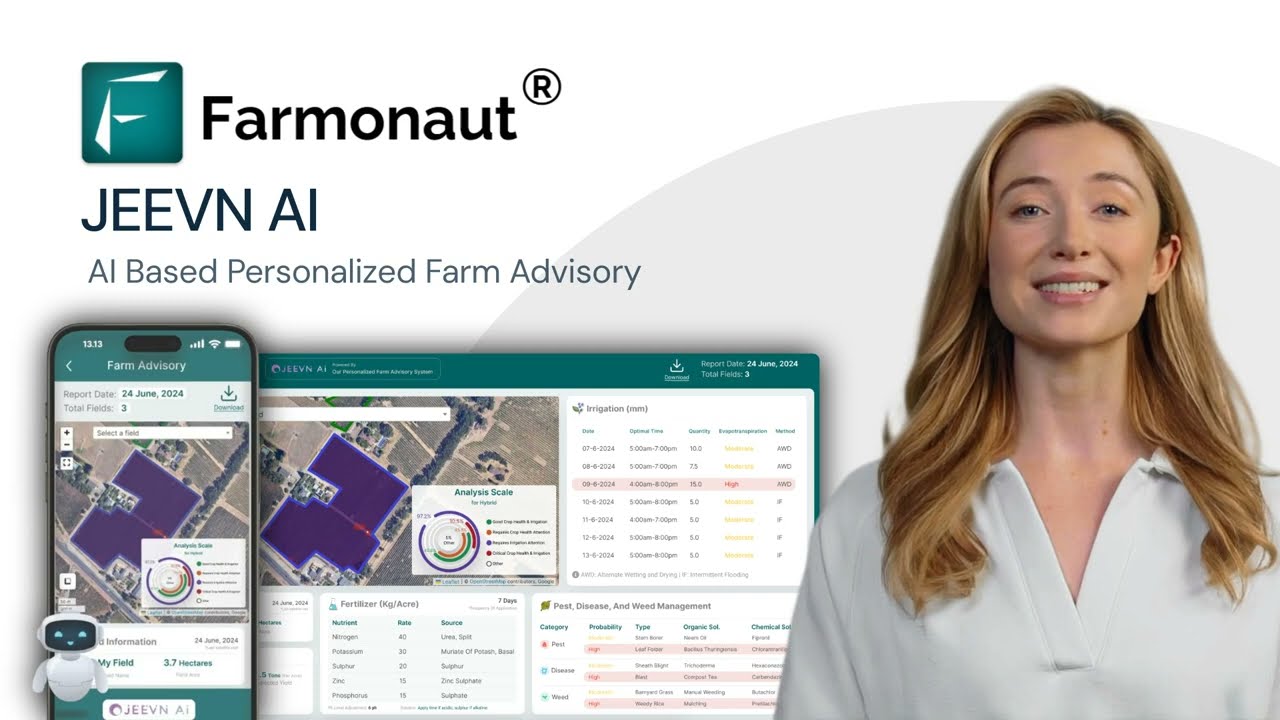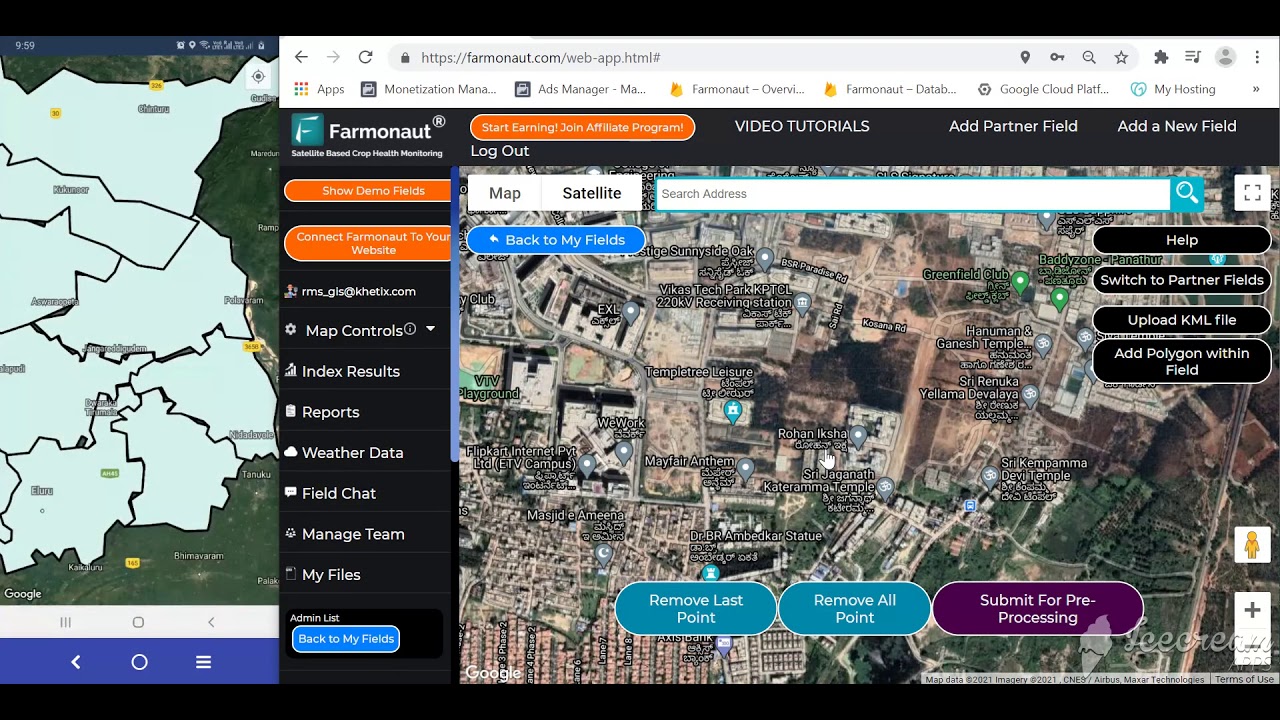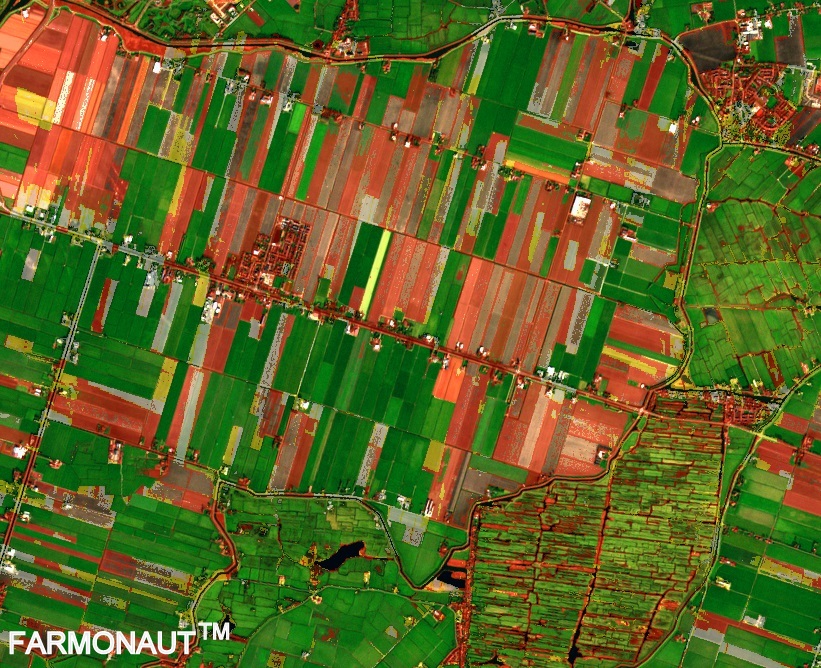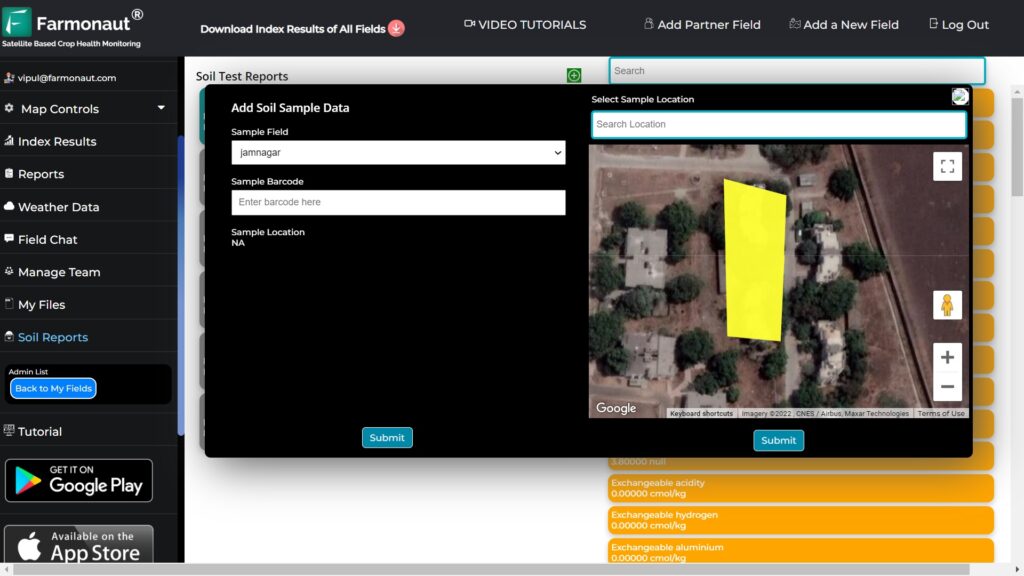Agribusiness Succession Planning: 9 Steps to Success
“Nearly 70% of family-owned agribusinesses fail to transition successfully to the next generation without a formal succession plan.”
Agribusiness succession planning stands at the heart of sustainable business continuity across generations. Faced with a dynamic agricultural landscape, ensuring smooth family business transition and effective ownership transfer is no longer optional—it’s essential for long-term productivity and stewardship. This guide explores the entire succession planning process, from assessing business viability and addressing family dynamics in succession, to leveraging technology and education in preparing next generation farmers.
Understanding Agribusiness Succession Planning
Agribusiness succession planning is the systematic process of developing a comprehensive plan for transferring farm ownership and leadership within the operation. It ensures continuity, safeguards family legacies, and maintains the viability of agricultural, farming, and forestry enterprises. This process involves:
- Strategically transitioning both ownership and management responsibilities;
- Addressing financial, operational, and emotional aspects;
- Establishing robust legal frameworks to prevent conflicts across generations;
- Strengthening the overall sustainability and continuity of the enterprise.
Understanding the essential components and applying effective succession plan for agriculture are crucial for ensuring the future prosperity of the business.
Why Is Succession Planning Essential in Agribusiness?
Agricultural and forestry businesses face unique challenges when compared to other industries:
- High asset value tied up in land and equipment
- Deep family involvement over multiple generations
- Complex management structures that change as the operation grows
- Sensitivity to economic cycles, policy shifts, and environmental conditions
Succession planning is therefore critical for:
- Preserving a family’s legacy and values within the business;
- Sustaining continuity in operations;
- Mitigating disruptions that can arise from unplanned ownership transfer;
- Preparing the next generation with skills, experience, and vision needed to succeed.
Key Components of Agribusiness Succession Planning
A successful succession plan for agriculture consists of clear, deliberate steps that address all key considerations in the ownership transition process:
1. Assessment of Business Viability
Initiating the succession planning process requires an honest evaluation of the current state of your operations:
- Conduct a SWOT analysis (Strengths, Weaknesses, Opportunities, Threats).
- Identify operational and financial strengths, as well as potential threats and weaknesses.
- Examine market opportunities and feasibility of transitioning to new leadership.
This assessment helps outline the future goals, determine whether the enterprise is strong enough to endure through the transition, and informs strategic decisions concerning ownership transfer.
Source: ohioline.osu.edu
2. Family Involvement and Communication
Effective communication is the keystone of family business transition:
- Schedule regular family meetings to discuss business objectives, concerns, and individual expectations.
- Ensure transparent dialogue with all stakeholders.
- Use structured sessions to align personal goals with the business vision, facilitate conflict resolution, and prevent misunderstandings.
Prioritizing family communication results in a stronger, united approach through each succession phase.
Source: nationalnutgrower.com
3. Defining Roles and Responsibilities
Clearly delineating roles and responsibilities within the operation addresses many potential conflicts:
- Establish criteria for entering and leaving the business;
- Create clear employment, management, and ownership structures;
- Develop transparent compensation policies and pathways to ownership for next generation farmers.
This approach improves operational continuity and helps successors transition smoothly into new leadership positions.
Source: nationalnutgrower.com
4. Financial Planning and Asset Management
A robust financial plan underpins every successful transition and ensures sustainability:
- Assess financial health and cash flow;
- Plan for asset distribution, debt management, and resource allocation;
- Consider tax implications in transferring ownership;
- Consult financial advisors specializing in farm succession strategies.
Careful management of assets and cash preserves business viability during succession.
Source: thefarminginsider.com
5. Legal Considerations and Documentation
Addressing legal considerations in farm succession is vital for minimizing risk and unclear expectation:
- Draft and review wills, trusts, and buy-sell agreements;
- Formalize succession plans in legal documents, specifying asset transfer and ownership succession;
- Ensure all paperwork reflects your wishes and prevents possible disputes.
Working with an experienced legal advisor provides crucial guidance through establishing frameworks for multi-generational transition.
Source: nationwide.com
6. Education and Mentorship
Ongoing education prepares future leaders and successors to manage new challenges:
- Support participation in agricultural degree programs and skill-building workshops;
- Encourage hands-on mentorship from current leadership and experienced industry professionals;
- Promote engagement with new technologies and management tools that drive innovation.
Empowering the next generation positions your enterprise for long-term sustainability and competitiveness.
Read about key educational succession strategies.
7. Developing a Transition Timeline
Mapping out a practical timeline for transferring farm ownership clarifies expectations and keeps the succession process on track:
- Short-term goals: Identify & prepare successors, address legal matters;
- Medium-term goals: Gradually transition operational responsibilities;
- Long-term goals: Complete ownership transfer, analyze performance, and update plans regularly.
Revisit and adjust your timeline as business conditions change.
Source: farms.extension.wisc.edu
8. Addressing Emotional Dynamics
Family-owned agribusinesses are often shaped by deep emotional ties:
- Hold open discussions about individual expectations, feelings, and concerns;
- Identify and address existing or underlying conflicts early;
- Consider engaging a neutral mediator or family business consultant to help navigate emotional and relational dynamics.
Recognizing and addressing family dynamics in succession supports a smoother transition and maintains positive working relationships.
Source: agribusinessaccounting.com
9. Contingency Planning
Anticipate the unexpected by developing a contingency plan:
- Create alternative plans for sudden health challenges, economic downturns, or loss of a key stakeholder;
- Secure adequate protection through insurance and other risk management tools;
- Document emergency protocols to ensure operational continuity and minimize risk.
Well-prepared contingency frameworks protect the business’s future and ensure that the enterprise continues to thrive.
Visual Guide: Images & Videos for Agribusiness Succession Planning
Step-by-Step Succession Planning Checklist Table
| Step Number | Step Description | Key Objective | Estimated Timeframe | Potential Stakeholders Involved |
|---|---|---|---|---|
| 1 | Assess business viability (SWOT analysis) | Determine if the business can sustain succession | 3–6 months | Owner, Advisors, Financial Analyst |
| 2 | Initiate family involvement and open communication | Align family goals, clarify expectations | Ongoing | Family Members, Stakeholders |
| 3 | Define roles and responsibilities | Minimize confusion, prevent conflict | 1–2 months | Owner, Successors, HR/Advisor |
| 4 | Plan financial strategy and manage assets | Reduce tax liability, protect business resources | 2–6 months | Owner, Financial Advisor, Family |
| 5 | Address legal considerations; create documentation | Provide legal framework for transition | 2–3 months | Owner, Legal Advisor, Successors |
| 6 | Encourage education and mentorship for successors | Build skills, knowledge, and confidence | Ongoing | Owner, Successors, Mentors |
| 7 | Develop and update a transition timeline | Ensure smooth handoff and accountability | 1–2 months (setup); Ongoing (review) | Owner, Successors, Advisors |
| 8 | Identify and address emotional dynamics | Maintain relationships and resolve conflicts | Ongoing | Owner, Mediator, Family Members |
| 9 | Establish contingency and emergency plans | Minimize disruption from unforeseen events | 1–3 months (setup); Ongoing (update) | Owner, Successors, Insurance Advisor |
“Only 30% of agribusinesses survive into the second generation, and just 12% reach the third generation.”
Common Challenges in Agribusiness Succession Planning
Even a well-designed succession plan may encounter difficulties:
- Lack of open communication: Skipping regular discussions increases the risk of misunderstanding and delays.
- Unresolved family conflicts: Interpersonal tensions negatively impact decision-making and family business transition.
- Financial constraints: Limited resources can stall the transition process or threaten business continuity.
- Inadequate preparation of successors: Without appropriate training, the next generation may struggle to manage operations and finances.
- Poor legal planning: Incomplete or outdated legal frameworks can result in costly disputes and complications.
To address these challenges, maintain a proactive approach, involve all stakeholders, and adjust plans as circumstances evolve.
How Farmonaut Supports Agribusiness Succession Planning
At Farmonaut, we recognize that modern succession planning extends beyond “paperwork.” It requires transparent operations, data-driven decision-making, and the empowerment of both current and future leaders through accessible technology.
Farmonaut’s platform provides the following value to families and agribusinesses going through the succession planning process:
- Real-time Crop Health Monitoring: Our app supplies satellite-based insights for detecting crop stress, allowing both current and upcoming managers to make better agronomic decisions.
- AI-based Advisory and Mentorship: Using the Jeevn AI advisory system, successors and experienced operators can access farm management guidance—ensuring knowledge transfer and building management skills.
- Blockchain-Based Traceability: Secure, transparent product tracking using our blockchain traceability solution provides confidence to all stakeholders and builds the family legacy for buyers.
- Fleet and Resource Management: Our fleet management system helps successors and established operators optimize machinery and fleet usage, supporting increased operational efficiency during the transition.
- Environmental Sustainability Tracking: We facilitate carbon footprint assessments that aid families in maintaining or improving sustainable practices during and after succession.
- Supporting Financial Planning: Our platform enables better planning of resource allocation, cash flow, and expense management—informing crucial financial decisions through objective, real-time insights.
We are committed to making succession seamless, data-enabled, and transparent for farming families and businesses worldwide.
Farmonaut Resources: How Technology Empowers Transition
The transition to a new generation of management often coincides with the adoption of new technology:
-
Large-Scale Farm Management:
Our Agro Admin App enables owners and successors to manage vast farmlands, staff, and logistics from any device. -
API Access for Integration:
For agribusinesses with unique operational needs, our
API and
developer docs empower automations and integration into custom farm succession planning systems and ERP solutions. -
Crop Loan & Insurance:
Use our satellite-based crop verification to streamline access to loans and insurance, ensuring the next generation has financial security during major business transitions. -
Plantation & Forest Advisory:
Adopt best-in-class, real-time monitoring for diversified operations or forestry assets with our multi-operation platform.
The Farmonaut interface—via Android, iOS, web application, and API—is specifically designed to be intuitive, making it easy for both the outgoing and incoming managers to monitor, plan, and make data-driven decisions throughout the succession process.
Farmonaut Subscription Plans
FAQ – Agribusiness Succession Planning
What is agribusiness succession planning and why is it important?
Agribusiness succession planning is the structured process of transferring ownership, management, and responsibility for an agricultural business to the next generation or designated successors. It’s crucial for maintaining business viability, preserving family legacies, and ensuring smooth operational continuity in dynamic agricultural environments.
What makes family business transition in agriculture different from other sectors?
Unique challenges such as high-value land assets, multi-generational involvement, complex management, and the emotional attachment to the enterprise set agricultural transitions apart. This increases the importance of open family communication, clear role definitions, and robust legal and financial planning.
What are the first steps to begin a farm succession plan?
Start with an objective assessment of business viability, including financial analysis and SWOT evaluation. From there, initiate regular family meetings to clarify aspirations, identify potential successors, and gather input from all involved.
How do I prepare next generation farmers for succession?
Provide ongoing education, mentorship, and management experience. Engage them in decision-making, expose them to new technology such as Farmonaut’s real-time monitoring tools, and develop a structured transition plan incorporating training milestones.
What legal documents are needed for a smooth transition?
Essential documents include updated wills, trusts, buy-sell agreements, and specific succession plans formally outlining asset distribution, roles, and ownership pathways. Consult a legal expert with agriculture or forestry succession experience.
How does technology help with farm management succession?
Technology streamlines monitoring, recordkeeping, and resource management—making it easier for new leaders to make informed, data-driven decisions. Farmonaut tools support operational oversight, blockchain-based traceability, and multi-generational information sharing, which all reduce risk and enhance the handover process.
What’s the difference between a legal plan and a contingency plan?
A legal plan solidifies the intended transfer of assets and responsibilities; a contingency plan anticipates and prepares for unforeseen disruptions (e.g., death, illness, or economic shifts), ensuring business continues smoothly in turbulent times.
Conclusion: Ensuring Future Generations Thrive
The transition of leadership and ownership in agriculture, forestry, or related enterprises is more than a business strategy; it is a legacy. Agribusiness succession planning demands deliberate preparation, ongoing family communication, a thorough understanding of legal and financial frameworks, and support for the next generation’s growth. Purposeful use of advanced solutions—like those we offer at Farmonaut—can streamline each phase, safeguard your legacy, and provide your successors with the confidence and skills necessary to manage, innovate, and thrive across generations.
By following these nine essential steps, agricultural families and business owners can facilitate a smooth transition, mitigate potential conflicts, and ensure the continued sustainability and success of their enterprises in a competitive world.






















